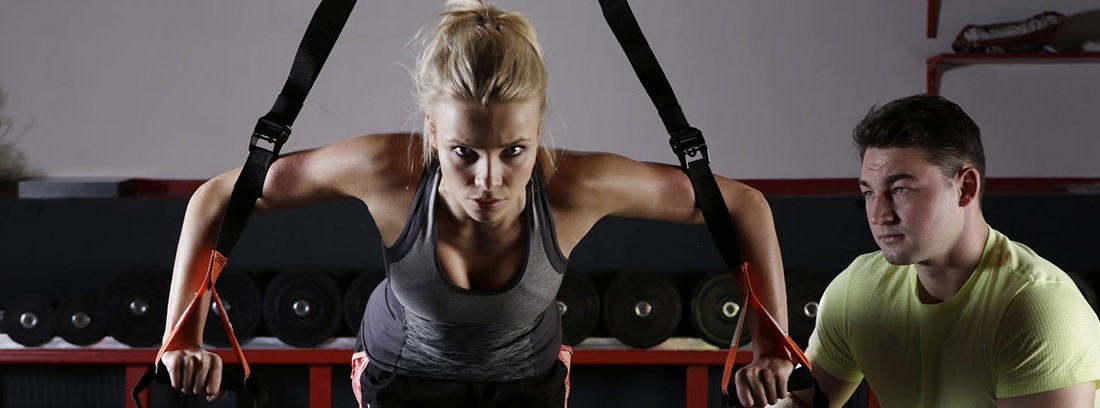Slow fitness

"I have no time". "I'm flying away that I don't arrive", "reserve a spot for me"… All these expressions are on everyone's lips throughout the day, for various reasons and motives. It is not an exception either the time to go to the gym or go out to exercise, although there are those who change quietly and have their training time very calculated, although it is not the most common.
- It is a type of training that was initially based on variable resistance, with slower set tempos and in which quality matters more than quantity.
- It is about taking the muscle to fatigue, a maximum effort to achieve great definition and increase in muscle.
- It is common to work with weights, but there are those who are also introducing the concept of "own body" as a training element.
It therefore seems a utopia that the word "Slow" has a place in our society but, oddly enough, that's the way it is and little by little “slow training” or “slow fitness” is making a dent in the agendas of both athletes and sports centers.
This new trend is not so new since in the 70s this term was already beginning to be heard in US gyms. It is a type of training that was initially based on variable resistance, with slower set tempos and in which quality matters more than quantity.
muscle work
Those who began their practice were those athletes who focused on their muscles, with few repetitions, but with a lot of weight as protagonists. It is about taking the muscle to fatigue, a maximum effort to achieve great definition and increase in muscle. Bodybuilding was the discipline that came out of that practice that has reached our days and returns, it seems, to become fashionable, but with nuances.
Currently, the centers that include this modality among the services they offer to their clients do not focus only on work at the muscular level, but rather want to promote those disciplines that provide benefits at the level of.
Strength work has always been in "the spotlight" because it seems that all those routines that include weights or weight machines were reserved for those looking to get "hunk" and look like Arnold Schwarzenegger.
But nothing is further from the truth: getting toned and strong muscles should be part of any health and wellness program. Strength training represents not only working the muscles, but also benefits, for example, at the bone level and metabolism.
They are exercises in which the speed is low, to avoid accelerations and thus be less harmful. But progressive intensities are used to achieve high levels, which seek to improve adaptation. It is common to work with weights, but there are those who are also introducing the concept of "own body" as a training element.
With the use of fitball, bosu or elastic bands, coordination or balance are qualities that are also part of the new “slow” programs. It should be noted that, due to its name, it does not mean that whoever signs up for this practice is late in seeing the results, but rather that this modality is slow in its technique, but not in its results.
The reasons that are used for the first time are many and varied, but in most cases, losing weight or improving shape is usually at the top of the lists of the most common reasons.
The options offered in the are as varied as the objectives of each user, and it is not always easy to guess which class to sign up for or which machine to use. It is therefore important that, before entering a room full of weights or machines of which we do not know their use, we ask what is best for us or what can bring us greater benefits.
At this level, it must be borne in mind that strengthening muscles is a factor that should be kept in mind and that this "new" trend could be not only a possible option but also a challenge.
(Updated at Apr 13 / 2024)